Want to transform the feel of a space and your state of mind? Light a scented candle
Scented candles can de-frazzle and uplift our minds.
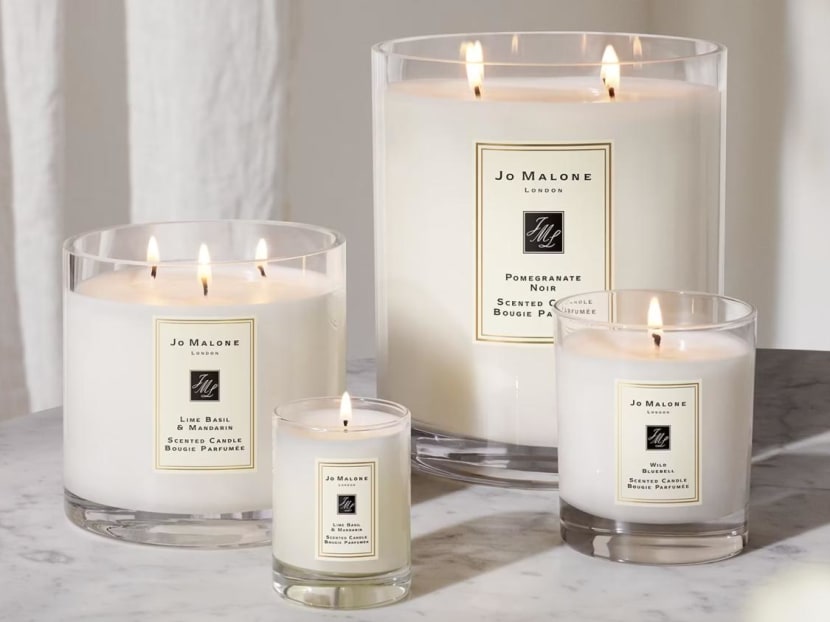
(Photo: Jo Malone)
“Seventy-five per cent of our emotions generated daily are caused by smell; smelling is simply the fastest and easiest way to relieve stress,” said Joyce Lian, Singapore perfumer and founder of Scent Journer, “Creating an environment for self-care is vital in our fast-paced society where we face high levels of stress. Our candle delivers benefits such as calming, relaxing and healing notes,” she continued. The brand just launched its scented candle in November.
This is the ethos now, but not so unlike the ethos 5,000 years ago, when candles were invented. Many different civilisations throughout mankind’s history have created their versions of candles for essentially the same reasons that we create it today: To light up a dark space, to make our space safer, more habitable and cosier, and to lift the spirits – places of worship proliferate with candles. One lights a candle, one prays.
But what is a candle? Essentially, a candle is dipping a wick into molten wax or oil, then lighting the wick. Scented candles have been around a long time – nearly as long as candles themselves, which are believed to date back to the Iron Age. Candles were then often made from animal fat which didn't smell like a bit like the Diptyque candle of today. But Man, ever creative, found myriad solutions over time to combat the unpleasant animal odours, including the addition of incense to the wax, thereby creating the first scented candles.
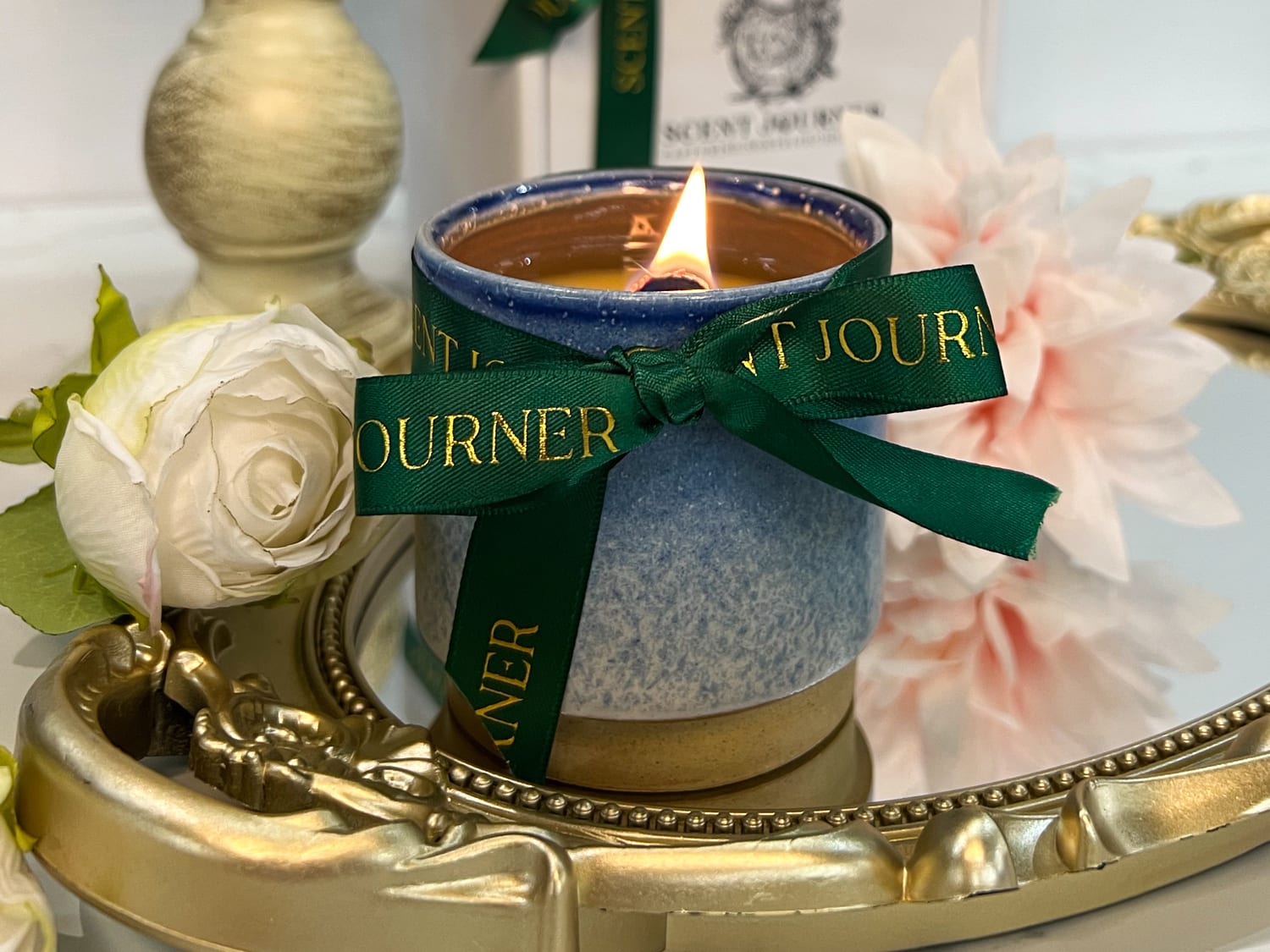
Dating as far back as 3,000 BC the ancient Egyptians made candles from a combination of animal fat and reeds. Centuries later, the Romans made candles by dipping rolled papyrus (made from the pith of the papyrus plant) into melted tallow (made of melted beef or mutton fat) or beeswax to form what's generally considered to be mankind’s first wick candles. On the other side of civilisation, the Chinese used candle clocks with wicks made from rolled rice paper and wax made from a combination of insects and seeds or whale fat, while the Japanese made candles from wax extracted from nuts. Elsewhere, the Indians made theirs from boiling the fruit of the cinnamon tree, which probably were the first candles to give off a sweet smell when burning.
Eventually, beeswax was adopted by Europe as a better, less odoriferous matter, with which to make candles. But beeswax candles were expensive to produce, so they were considered a luxury of the time, available only to the wealthy and royalty. Paraffin wax was discovered in the 1850s after chemists learned how to extract and refine the waxy substance from petroleum, to create the most economical substance ever used for candles. Candles remained popular right up until 1879 when the first light bulb was invented and electrical lighting prevailed. It was at this point that candles came to be viewed as a decorative item, instead of purely functional. By the mid-1980s, candles were firmly established as great home enhancers, decorative items, and the perfect snobby thing to have in a dank hotel room.
The best scented candles are perfumed with pure essential oil, which are plant extracts, and expensive to work with; cheaper versions use fragrance oils, which are synthetically made, and common. The volume of essential oil added to the wax determines how fragrant a candle is, and how expensive.
Once freed from the function of lighting the way home after dark, candles were reinvented as a luxury item, and designer-led candles, with fancy-coloured wax, and ever more decorative jars began appearing. Fragranced candles began to appear, offering therapeutic benefits to a consumer more conscious of healing from the hurts the cruel world inflicted. Scented candles now exist to help us de-frazzle from brutish social media battles, be uplifted after a romance scam, and to create a nurturing, safe and non-toxic space in which to recover from yet another record-breaking COVID-19 statistic, the FTX collapse, and natural catastrophes caused by global warming. Recession-proof households are now buying luxury scented candles and home fragrance products from artisanal manufacturers to create the perfect mood in their home – call it the Proust madeleine moment of the waxy variety.
Luxury candle makers are offering up a slew of novelty scents that would purportedly evoke an involuntary memory of the scent of baking brioche, or crisp paper, or an amusement park, an art gallery, et infinitum. You never know when you need your room to smell like a smoky nightclub in the 1980s until you do.
One of the most enjoyed gift items for the festive season, scented candles have become an essential style statement in 2020s and if nothing else, lighting one could help you repel some insects and bugs. The flame flickering in the dark probably has an atavistic appeal – it is an echo of that fire at the mouth of the cave that kept the unseen beast at bay.
CELINE
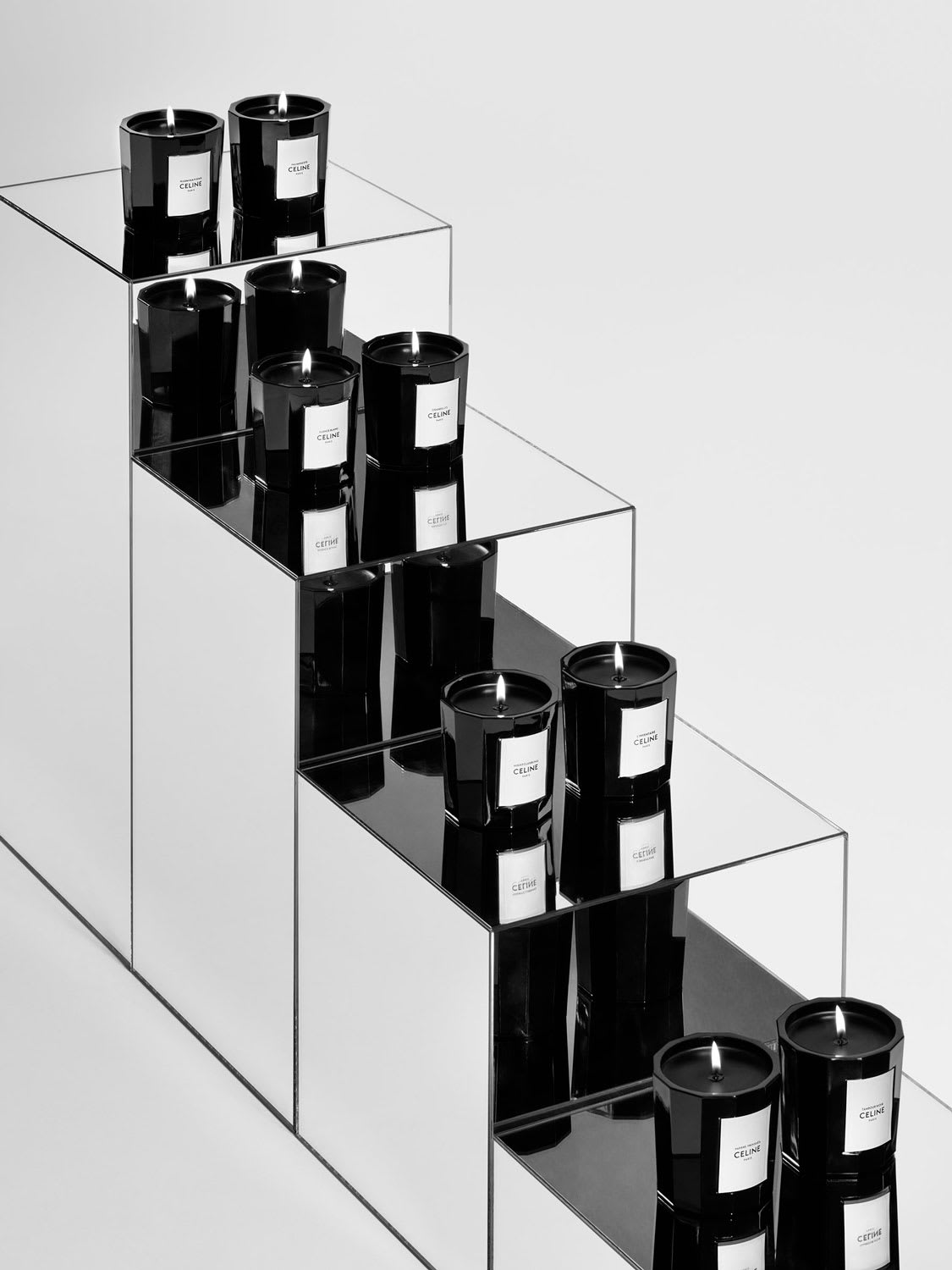
Creative director Hedi Slimane has now launched Celine’s first collection of candles. The collection of eight scents weave a very personal narrative into his work, and evoke a particular moment in time or space: Papier Froisses is a tribute to the art of writing on paper, composing letters and writing, interpreted as a combo of cedar, fir balsam, blackcurrant and cypress. Tambour Noir conjures up the bar in Slimane’s Beverly Hills home with notes of smoky bourbon, leather, patchouli, coffee absolute and vanilla. Sold separately from the candle collection is an array of accessories such as a candle snuffer, wick trimmer, matches and a logo-ed travel holder.
Shop here
LOEWE
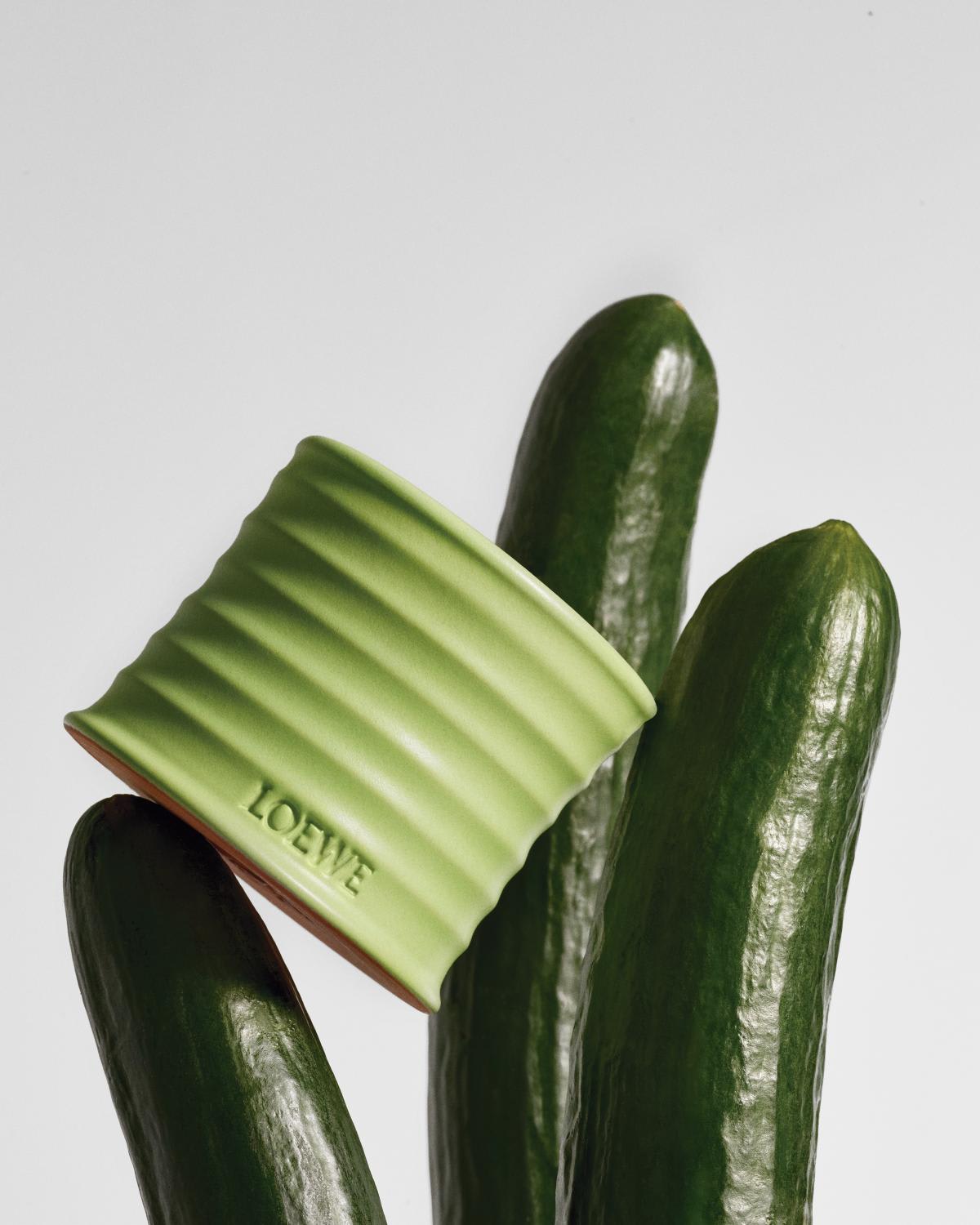
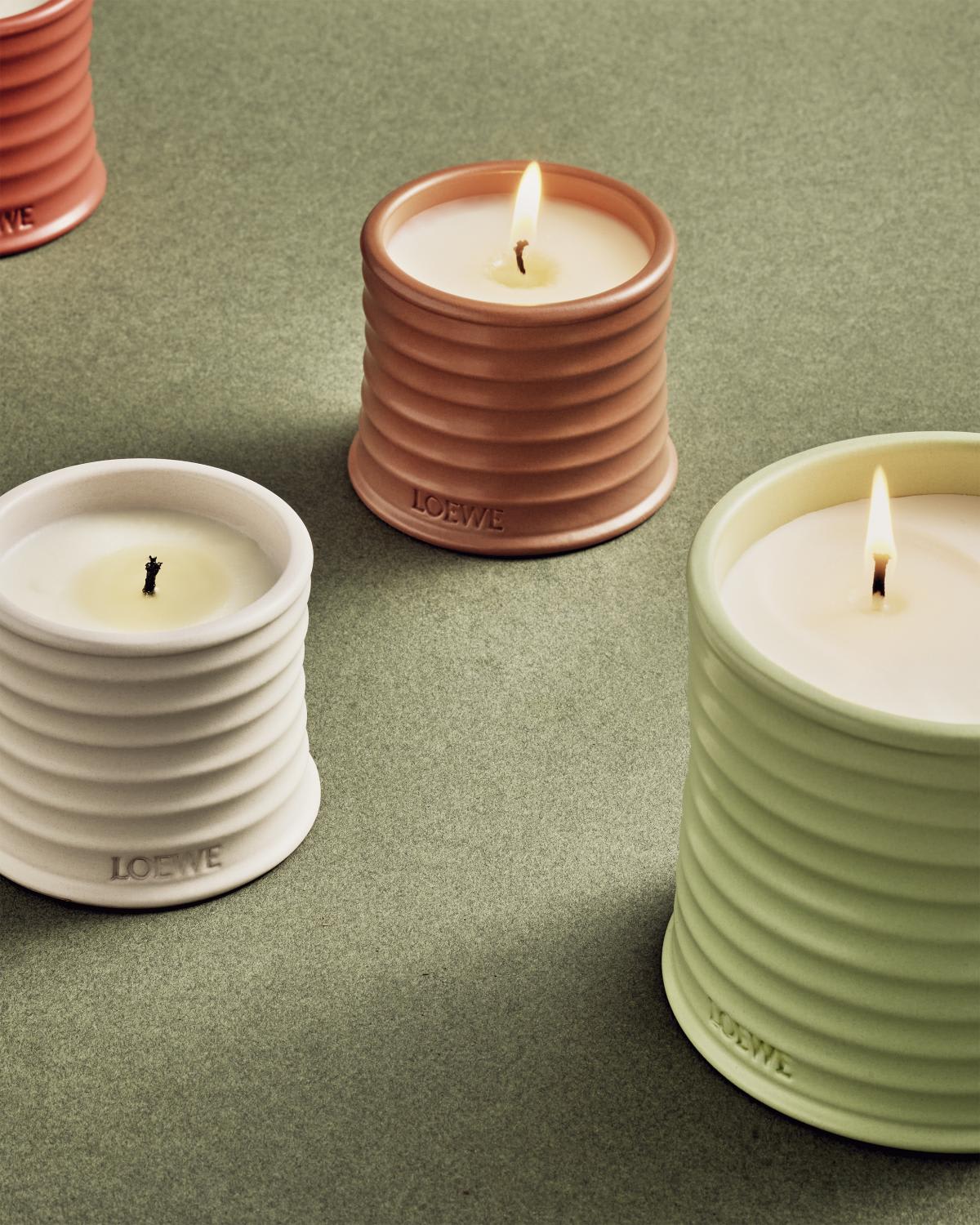
Loewe’s collection of hand-crafted candles continue the house’s desire for sensory pleasures, and are housed in glazed ceramic holders modelled after Greek drinking vessels from the 5th century BC. The scents are mean to evoke a vegetable garden in summer, with 11 earthy and vegetal scents such as beetroot, coriander and cucumber. These reflect creative director Jonathan Anderson’s passion for nature, in particular, his fondness for the drawings of plant life by artists working during the Age of Discovery.
Shop here
DIPTYQUE
Founded in 1961 as a salon on Paris’ Boulevard Saint-Germain, it has become the go-to for stylish scented candles ever since. Its Holiday Collection reinterprets three classic winter scents in limited-edition candles. Sapin has warm, woody notes of pine trees blended with accents of mimosa. Neige is an abstract concoction which hopes to conjure up snow. Then we have Etincelles, a fragrance of a wood fire, coffee and cocoa. Each candle jar is embellished with gold, silver and white stars that glow in the dark like three starry skies coming into life on a winter night.
Shop here
JO MALONE
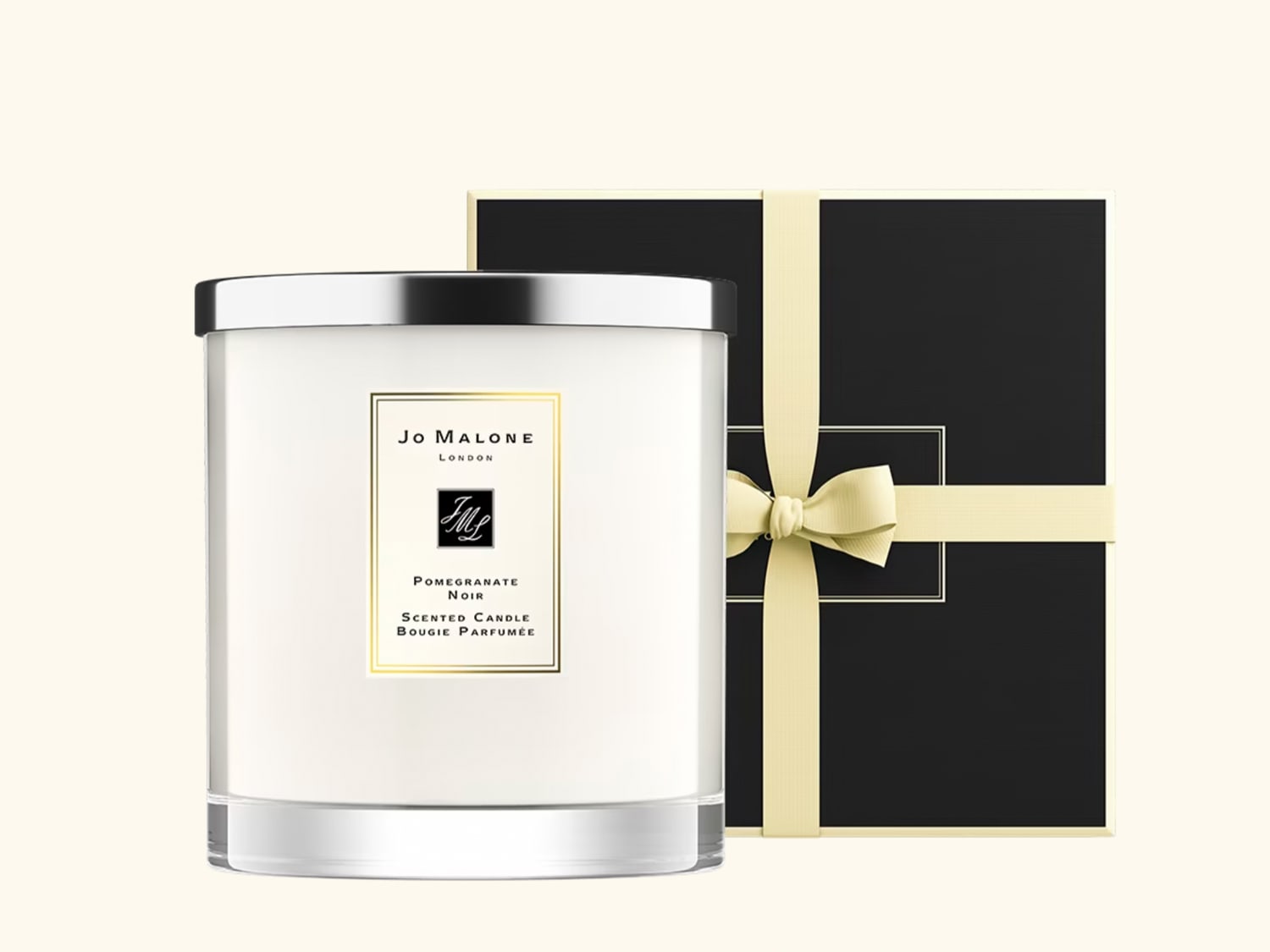
Jo Malone makes candles fit for a queen, literally. It was reported that Jo Malone’s candles are a particular favourite of the future queen Kate Middleton. On the day of her wedding to the Prince of Wales, she had Jo Malone’s Orange Blossom candle burned in Westminster Abbey. Orange Blossom, is a combo of clementine, orange and water lily flowers with hints of orris and balsamic vetiver. Red Roses is unchallengingly gorgeous, a voluptuous blend of roses with a hint of bright lemon. Lilac Lavender & Lovage Townhouse Candle is a calming scent of lavender with the aromatic greenery of humble lovage.
Shop here









